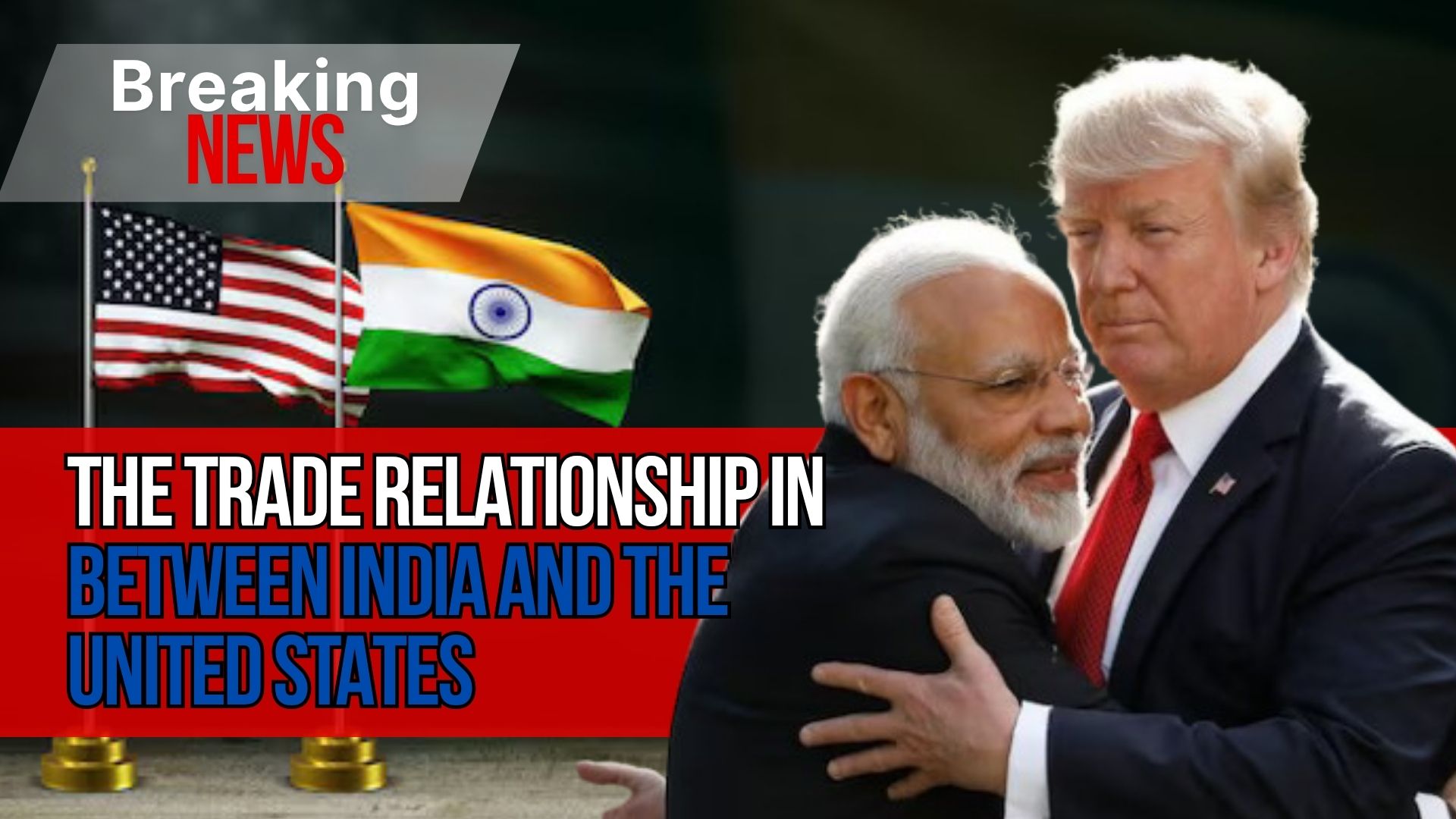The trade relationship in between India and the United States, 2 of the world’s largest economies, has actually been under the spotlight as both nations attempt to forge a comprehensive trade arrangement. A deal of this scale is not just economically considerable however strategically important, particularly in a continuously shifting global order.

With continuous conversations and developing concerns, this article breaks down the most current developments, significant sticking points, and prospective effects of the India-US trade negotiations. If finalized, this arrangement might open a brand-new chapter in bilateral relations, doubling trade volumes and attending to longstanding barriers.
Why the India-US Trade Agreement Matters
The India-US trade partnership is essential to both countries. Bilateral trade between the two nations is anticipated to reach $500 billion by 2030.
The current trade talks, launched with substantial momentum, goal to address disputes, remove regulative barriers, and check out complementary sectors such as innovation, oil imports, and defense.
The Progress Made
Near a Milestone Interim Deal
Recent settlements suggest that both countries are on the brink of completing an interim arrangement, which might work as a stepping stone towards a full-fledged Bilateral Trade Agreement (BTA).
Key Focus Areas for the Interim Deal:
- Getting rid of country-specific retaliatory tariffs.
- Assisting in access to crucial export markets, with sectors like fabrics and labor-intensive industries under focus.
- Developing a foundation for further cooperation to eliminate trade barriers.
This phased approach is developed to attend to some pushing issues while enabling room to take on more contentious concerns in future negotiations.
Strategic Alignment Beyond Trade
The talks are framed by wider strategic factors to consider. The United States has actually emphasized India’s role as a “strategic ally” in the Indo-Pacific area, while India sees the partnership as pivotal for diversifying its oil and defense procurement.
Major Sticking Points
Despite development, substantial friction stays in specific locations:
1. Farming Market Access
The United States continues to promote higher market access for genetically customized crops and dairy items. India, nevertheless, has drawn a firm line on these problems, particularly on concerns about GM crops and non-vegetarian-based dairy.
2. Steel, Aluminum, and Auto Tariffs
India likes rolling back protect responsibilities imposed by the U.S. on aluminum, steel, and vehicle imports. These high tariffs are not just pricey but are likewise facing difficulties at the World Trade Organization (WTO).
3. Laws on Whisky and Automobiles
The U.S. is looking for more comprehensive gain access to for sectors like whisky and cars, which India sees as extremely sensitive offered the influence on domestic producers.
4. Rules of Origin
India is negotiating tariff reductions in its textile sector, asking for treatment on par with other Free Trade Agreement (FTA) partners. Discussions on rules of origin have proven contentious.
The Political Dimension
Trade deals are not purely economic undertakings; they are political statements typically fraught with compromises. The U.S., led by President Donald Trump, has required the complete elimination of trade barriers, acknowledging this may not be totally practical. Indian officials have actually stayed uncompromising on protecting the interests of farmers and little services.
Indian mediators extended their stay in Washington in a last push to fix these complicated problems. Nevertheless, as an official stated, “There are red lines that will not be crossed.”
Possible Economic Impacts
If negotiations succeed, the arrangement might:
- Strengthen Key Sectors
The textile and labor-intensive export markets stand to gain from greater access to U.S. markets.
- Mitigate Tariff Shocks
Avoiding a 26% mutual tariff on Indian products would offer much-needed stability for manufacturers.
- Strengthen Trade Volumes
By unlocking market barriers, bilateral trade could grow at an accelerated speed, with the goal of doubling trade volumes to $500 billion by 2030.
On the other hand, failure to strike an offer could worsen trade disputes, reducing competitiveness for Indian exports and creating uncertainty for U.S. investors in India.
What Lies Ahead?
The trade talks, while approaching an important point, are anticipated to follow a phased progression. This indicates the interim offer likely represents the very first tranche of a more extensive contract. Both countries have targeted Fall 2025 for settlements on the next phase, which might resolve much deeper structural difficulties.
Key Advantages of a Successful Agreement:
- Enhanced strategic cooperation.
- Decreased trade barriers across key markets.
- Greater alignment in global trade standards and policies.
Threats of Prolonged Stalemates:
- Increased retaliatory tariffs affecting exports.
- Missed out on chances to strengthen geopolitical and economic partnership.
How This Could Reshape Global Trade
The India-U.S. trade offer is not just a bilateral matter; it could set precedents for global trade. If effective, the arrangement highlights the shifting characteristics of global commerce, where economic alliances are significantly tied to tactical concerns.
This settlement also acts as a roadmap for stabilizing nationwide interests with globalized trade aspirations, setting a standard for how big economies work through complex disputes.
For India and the U.S., the stakes couldn’t be greater. The difficulties of agricultural policies, market access, and tariff regulations are substantial, but so are the chances for innovation, financial investment, and mutual development.
FAQs: Frequently Asked Questions
1. What are the primary topics being talked about in the India-US trade talks?
The primary locations of focus consist of agricultural policies, market access, tariff regulations, innovation transfer, and copyright rights.
2. How could these trade talks affect the economies of both countries?
Effective settlements could result in increased trade volumes, more powerful investment circulations, and improved cooperation in essential industries such as innovation and production.
3. What difficulties are hindering the progress of the trade talks?
Differences in farming aids, tariff structures, and guidelines on essential imports and exports stay considerable difficulties that both nations are working to address.
4. How do these trade talks affect international trade characteristics?
The results of the India-US trade talks could reshape international trade norms by setting criteria for cooperation between developed and establishing economies.
5. Are there opportunities for innovation in these trade conversations?
Yes, both nations have expressed interest in leveraging developments in technology and cultivating innovation in sectors such as sustainable energy, expert system, and digital trade.
The India-US trade collaboration is important to both countries. Bilateral trade between the 2 countries is expected to reach $500 billion by 2030. Trade deals are not simply financial ventures; they are political declarations frequently stuffed with compromises. The U.S., led by President Donald Trump, has required the complete elimination of trade barriers, acknowledging this might not be totally feasible. The trade talks, while approaching an important point, are anticipated to follow a phased progression.
Click Here For More



